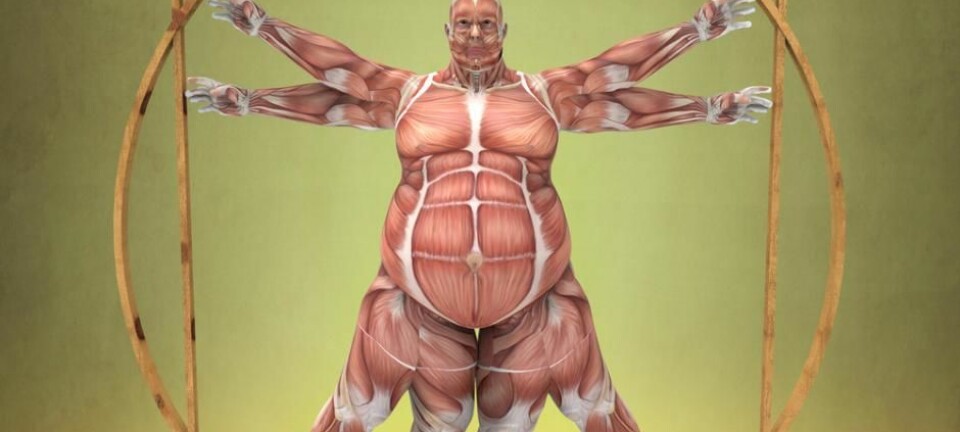
Palaeolithic diet gives slightly more weight reduction
A Swedish study shows that elderly women who stuck to a Palaeolithic diet achieved more health benefits than those who followed the dietary recommendations of Nordic country nutritionists.
Seventy obese or overweight women participated in the Swedish study. All were over 55 years of age and postmenopausal. Despite their extra kilos, all the women were healthy and motivated to lose weight, according to the researchers.
Half were put on a Palaeolithic diet and the other half on a dietary regime recommended by health officials in the Nordic countries and is essentially the same in all of them.
Both groups lost weight and retained their weight loss for two years. The group that stuck to a Palaeolithic diet lost a little more on average.
Stone Age eating habits healthier
The researchers think that those who went on the Palaeolithic diet ended up healthier. Among other benefits, they had lower levels of harmful fatty acids in their bloodstreams, substances which are related to risks of cardiovascular diseases.
“The results were striking. Even though the women could eat as much as they wanted, their weight losses persisted two years later,” says Caroline Blomquist, a research fellow at Umeå University, in a press release.
She took her doctorate with the study, which also showed that the women eating foods akin to Stone Age ancestors had fewer levels of inflammations in their fatty (adipose) tissue and in their circulation.
Traded carbs for proteins
The Palaeolithic diet consisted of lean meat, fish, eggs, vegetables, fruit, berries, nuts, avocados and vegetable oils. Those on it were not allowed dairy products or cereals, nor were they allowed to add salt or sugar to their food.
Their caloric intake was 30 percent from protein, 30 percent from carbohydrates and 40 percent from fat.
The Nordic Nutrition Recommendation diet is comprised of food with fibre, meat, fish, vegetables, fruit and low-fat dairy products.
In this diet, 15 percent of the energy intake was from protein, 30 percent from fat and 55 percent from carbohydrates.
Both groups ate less
Both groups lost weight in the course of two-year diet study. The researchers conclude that it is hard to say whether this was due to the contents of the diets or whether the women simply ate less after going along with following a diet.
The Swedes placed no limits on how much the women could eat but they saw that both groups lowered calorie intakes. Both also became a little more active during the two years.
The average weight of the women on the Palaeolithic diet decreased from 87 kg to 78 kg, whereas the ones on the Nordic nutrition recommendation diet saw a weight drop from an average of 86 kg at the start to 80 kg at the end of two years.
Repeated for nearly ten years
This is not the first time ScienceNordic.com has written about a doctoral thesis from Umeå University on the Palaeolithic diet. Previous articles are based on the same experiment, carried out between 2007 and 2010. The doctoral degrees have concentrated on different health factors among the 70 women. In four studies, researchers at Umeå have concluded that the Stone Age type food intake is healthier than the Nordic recommendations.
Those who enthusiastically support the Palaeolithic diet tend to think the low carbohydrate intake and lack of cereals deserve most credit for the healthiness of such food. The idea is that our digestive systems have not fully adapted to such easily digestible carbohydrates. But there are good reasons for believing that our ancestors thousands of years ago also consumed carbs, either in the form of roots or grains.
Nor is there any reason to think that all Palaeolithic peoples had the same diets. Their diets varied according to where they lived and what was available. If they got hold of something edible consisting of carbohydrates, they would not shun it. There are also archaeological discoveries indicating that bread was baked long before humans had learned to make flour.
If we could reconstruct the diets of our Stone Age ancestors it is not certain that we would find these, or their lifestyles, to be an uplifting experience. Back in those days, most humans did not make it beyond the age of 40.
-------------------------------------
Read the Norwegian version of this article at forskning.no.
Translated by: Glenn Ostling







